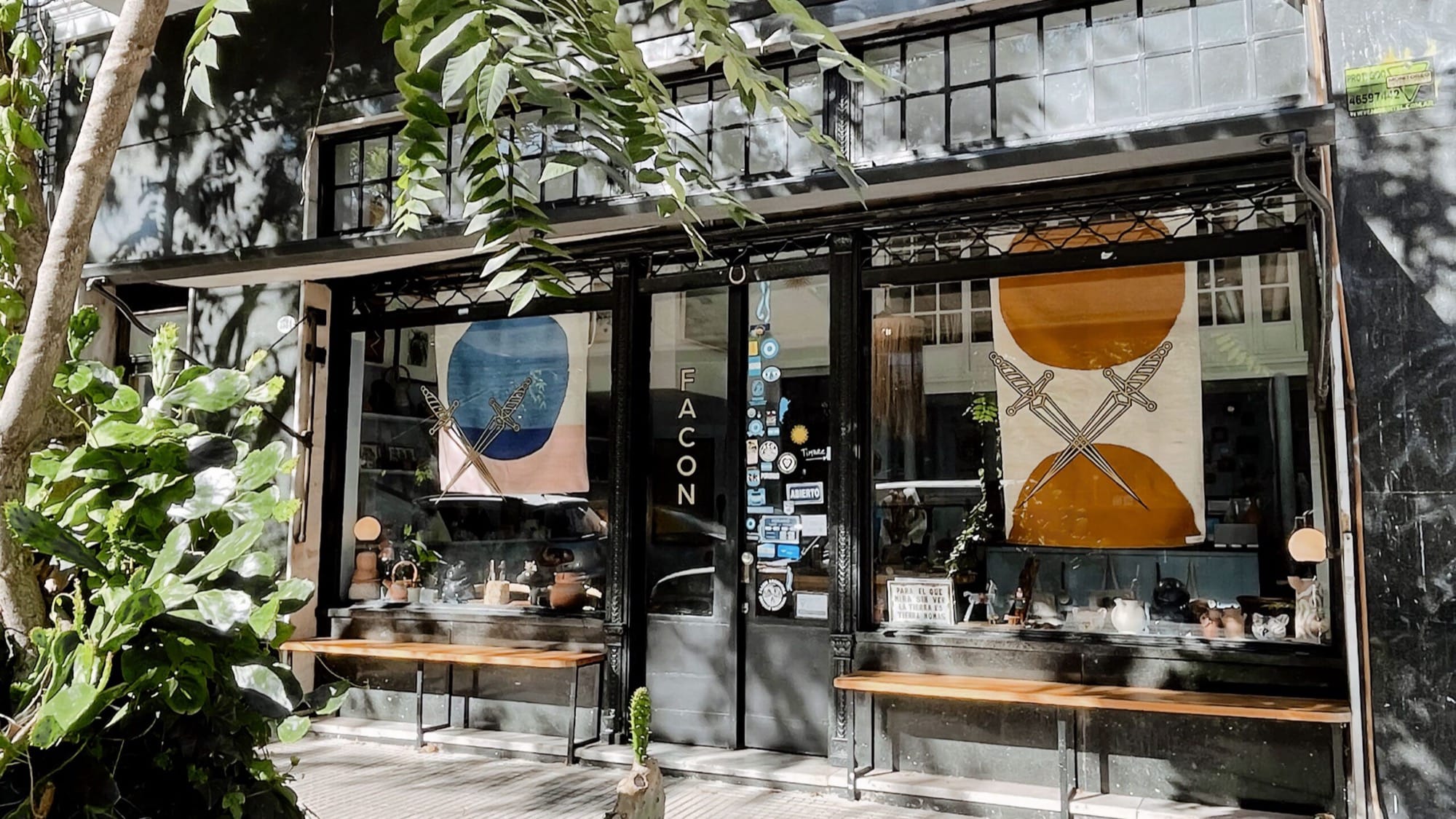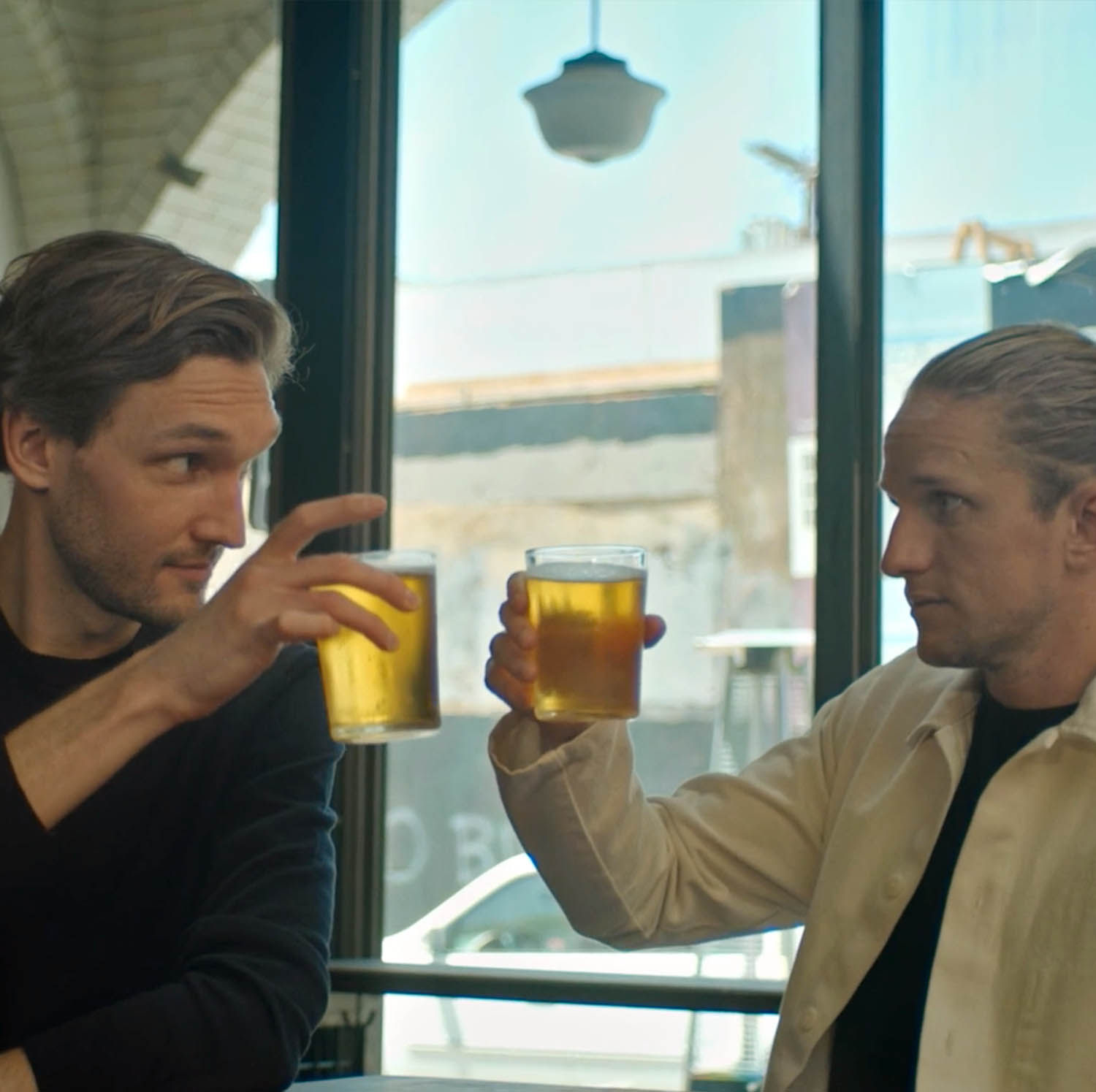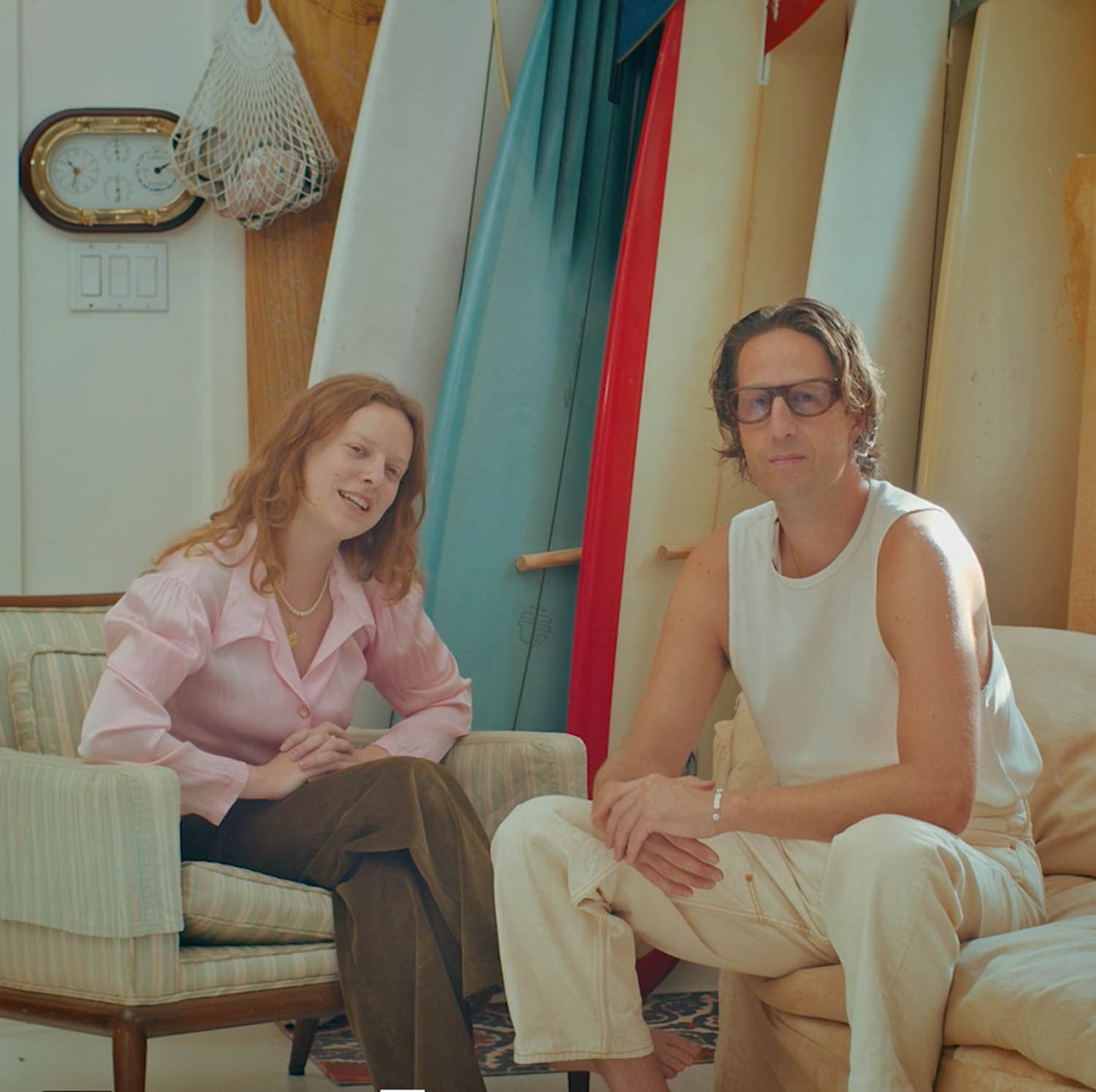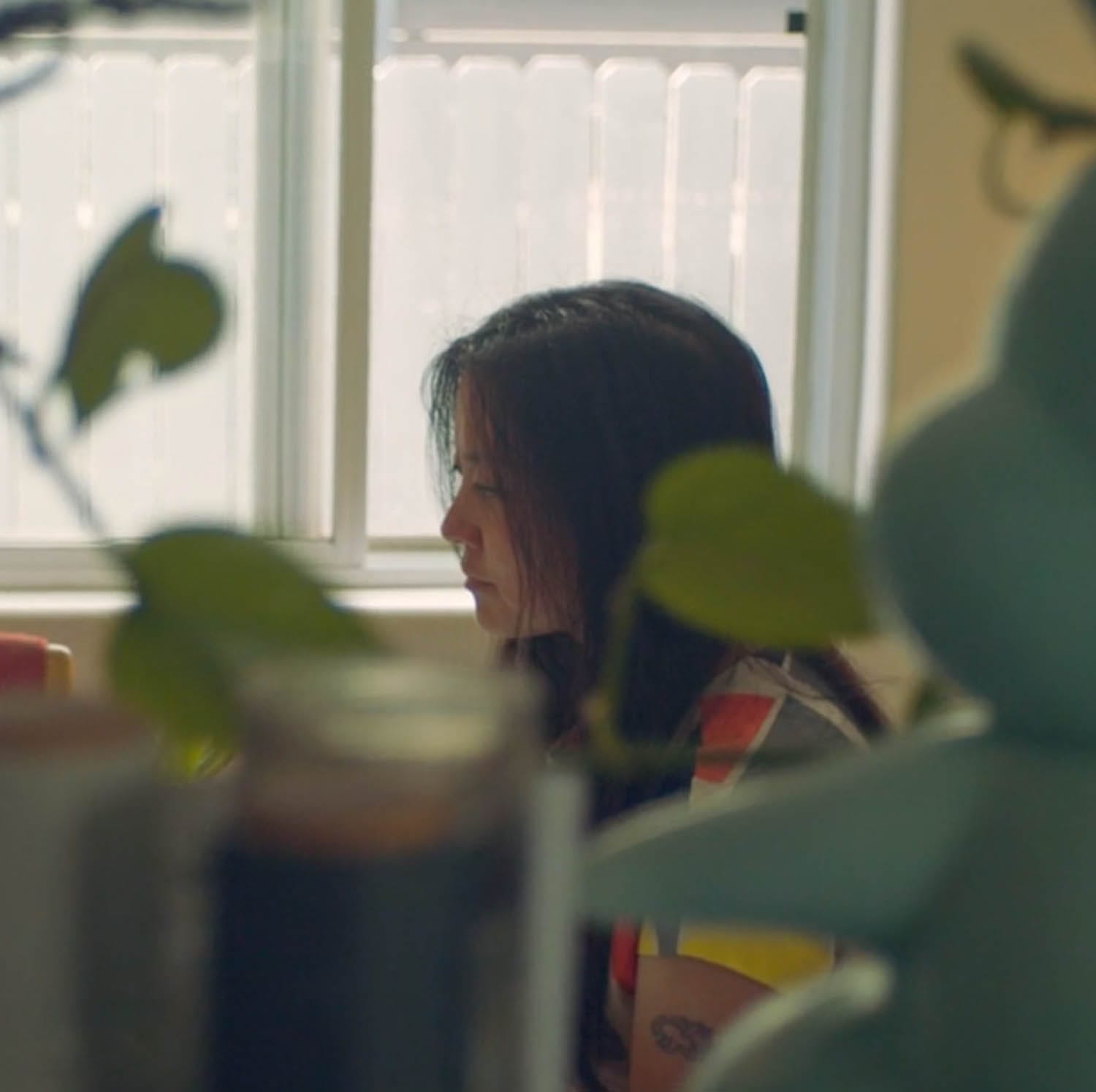The first time I remember falling profoundly in love with a product was an old pot from aboriginal villagers near Catamarca. They used this pot to cook corn, and when I bought it, it still smelled like corn. That pot was in the mountains, 4,000 meters above sea level, and now it’s here in my store. It’s a blessing, a memory, and something I’ll never sell — which I guess makes Facon a bit of a museum too.
Martín Bustamante, the designer and curator behind Facon, talks to Essentialist about the burgeoning creative scene in Argentina and shares his recommendations on where to experience it yourself.
As told to Ashlea Halpern:
I was born in Buenos Aires and raised in a creative family. My mother had good taste; she did interior design, ran a clothing store, and owned a restaurant. And my father taught me about Argentinian culture and history.
The first time I remember falling profoundly in love with a product was an old pot from aboriginal villagers near Catamarca. They used this pot to cook corn, and when I bought it, it still smelled like corn. That pot was in the mountains, 4,000 meters above sea level, and now it’s here in my store. It’s a blessing, a memory, and something I’ll never sell — which I guess makes Facon a bit of a museum too.
The store used to be based in Palermo, but I moved to a smaller space in the up-and-coming neighborhood of Chacarita in fall 2020. Our street has loads of independent designers, small restaurants, and bookstores — all very well-curated.
I carry hand-carved wooden animal masks painted with natural dyes like charcoal and clay by artisans in the aboriginal Chane community in Salta and lamb’s wool rugs with symbols of the cosmovision, made by an old Mapuche lady in the south.
Since the pandemic, I’ve been using Facon as a platform for my own creativity and designing more products myself. I find handmade things very romantic. When you shop at Facon, you’re not just buying a rug — you’re buying the time of this lady sitting at a loom, working for a whole month to bring you this beautiful object that represents her history, landscape, and culture.
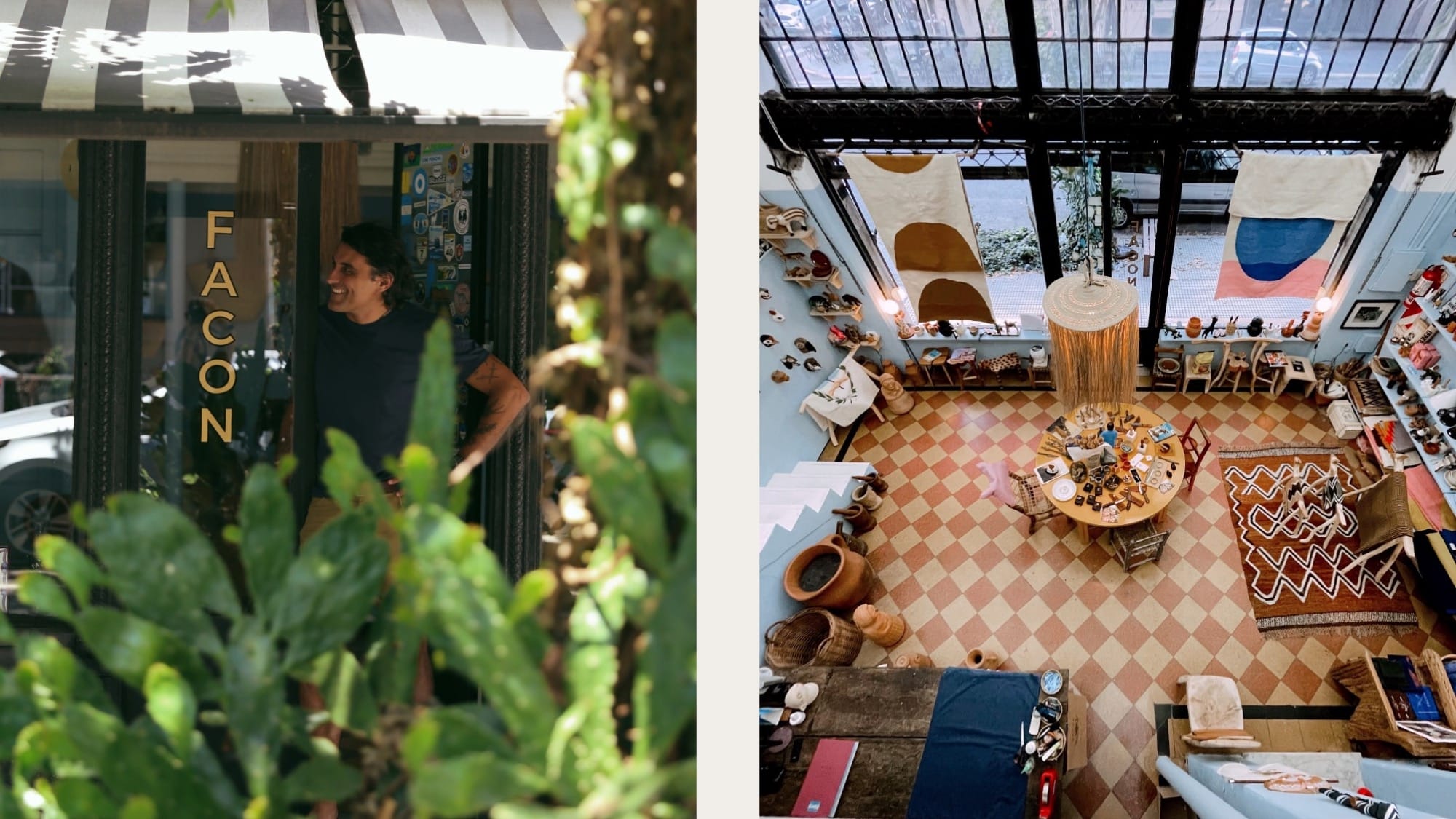
Affordability remains a complex issue in Argentina and inflation is a huge problem right now. This is not a stable country. With each election, we start all over again. We’re in a crisis, so we must change and adapt. Many artists from Buenos Aires go to Miami, New York, or Europe to do shows. The art economy here is so small, artists must emigrate to other places to find their way.
I’m lucky: My store attracts people from abroad. They appreciate what I do and the things I sell here – sometimes more than Argentinians do. We’re not like Mexico, with its long history of crafts. We’re a newer country with fewer traditions. But that’s starting to change. Just in the last decade, independent designers and leather makers have popped up. They’re finally saying, “This was made here. Let’s find the value in that. Let’s appreciate what we have.” Young people are learning how to carve silver and do embroidery now. Even me: I learned to make pottery. I like working with my hands, the way people did a long time ago. And I like owning one-of-a-kind pieces.
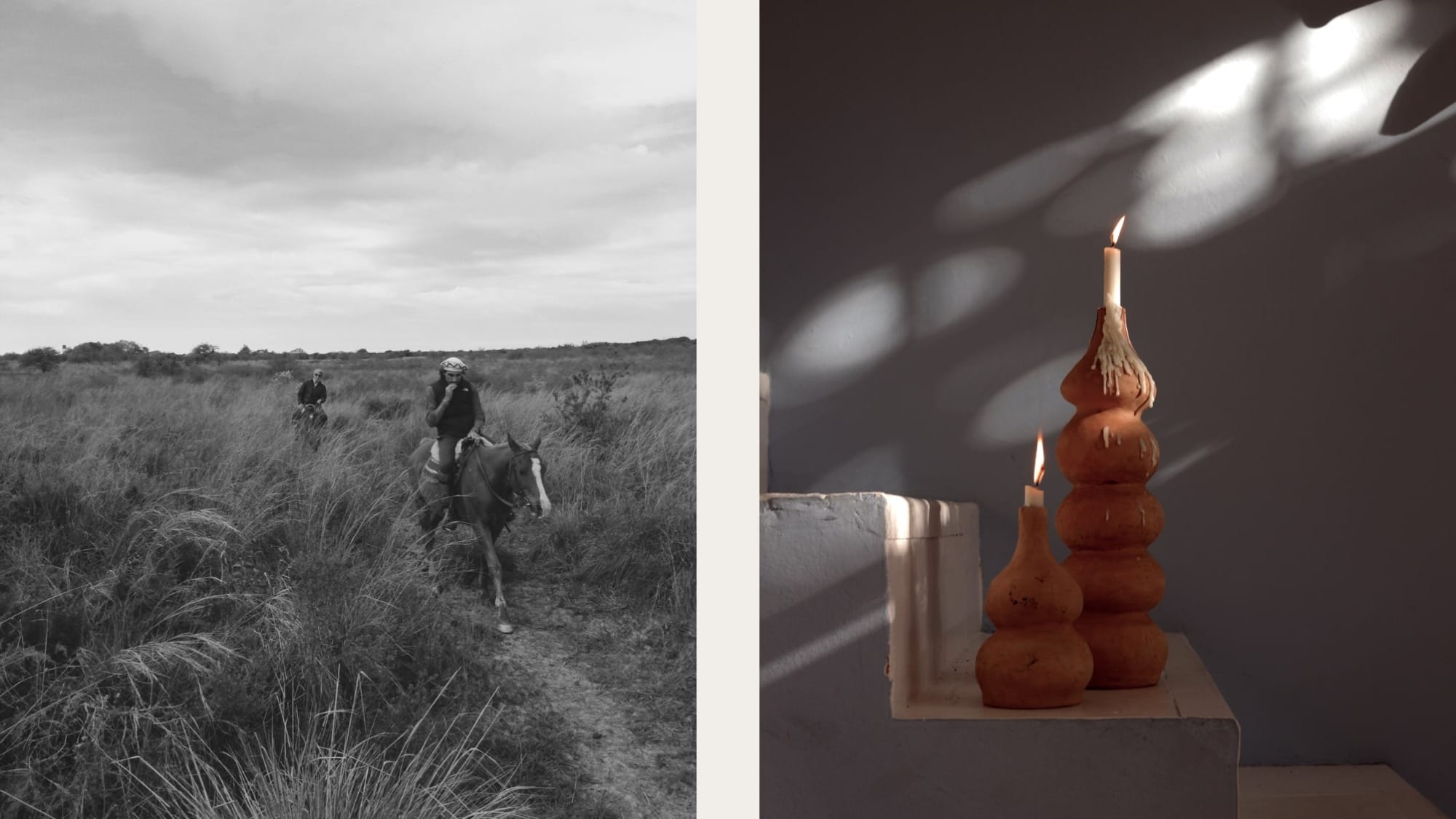
When I prepare for a scouting trip, I choose a province and sketch my route using a paper map. If I’m headed to Patagonia, for example, I’ll visit a guy deep in the mountains who carves benches from wood. Then I’ll just see what happens. Maybe he’ll tell me to visit another friend 100 kilometers away who makes beautiful candles; and I say, “Okay! Let’s go.” Or maybe he’ll tell me, “Martín, go to this lake at 7 p.m. and fly fish for trout.” I’ll camp near that lake and the experience then becomes a part of the story I later communicate to customers.
I love when you go to someone’s house, or you receive friends in your own place, and you can say, “I bought this in Argentina and it was made by these people.” Now that thing in your house isn’t just a product — it has an emotional value. It tells a story.
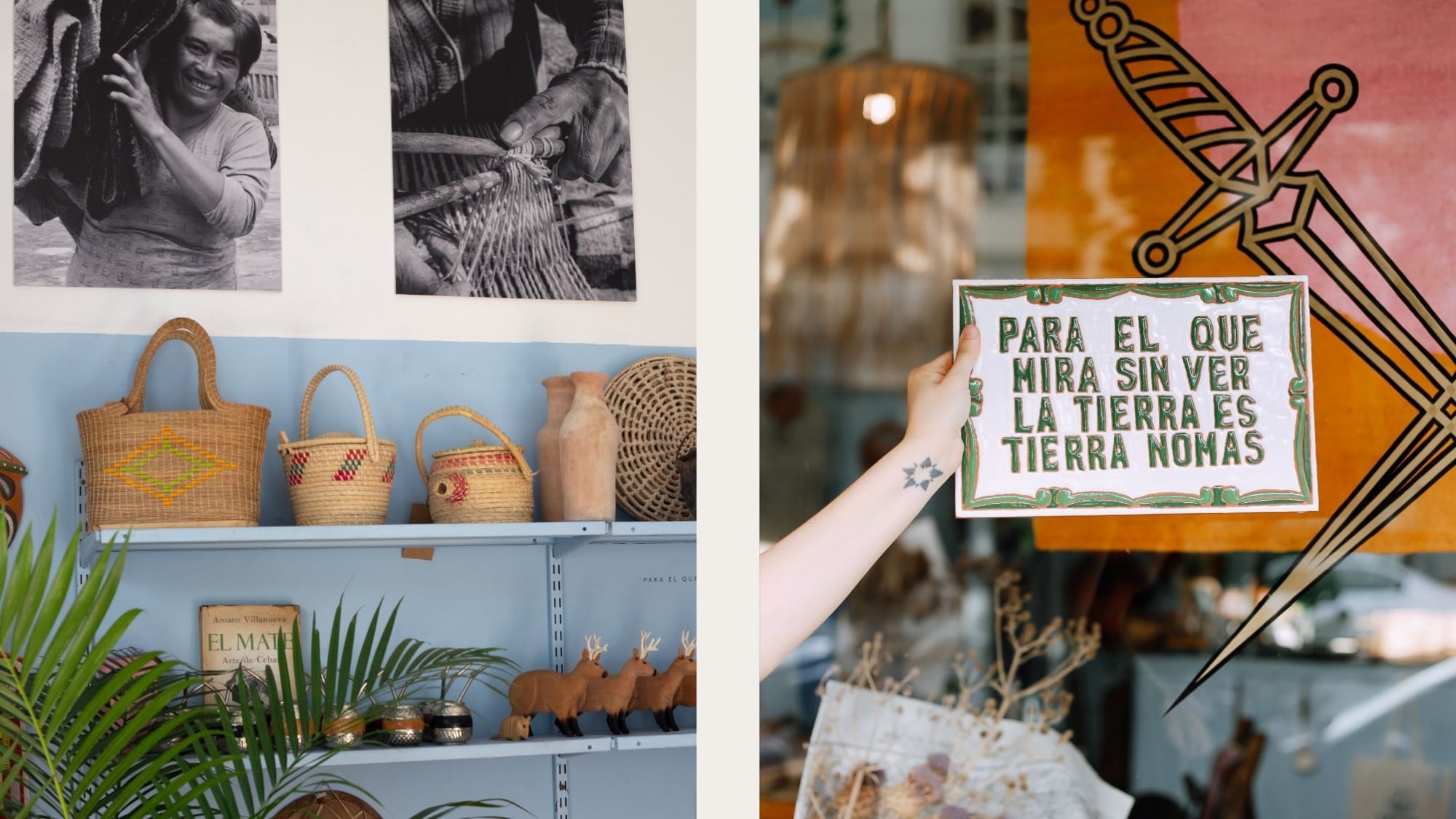
Martín Bustamante's Insider Guide to Buenos Aires
WHERE TO STAY
Home Hotel
This is one of the best small hotels in Buenos Aires, and well-located in Palermo. When I used to work in advertising, I needed to rent space for a location shoot. I liked the rooms, the service, and the intimate feel. Co-owner Patricia [O’Shea] cares about design, too; I’ll always remember the plant-themed wallpaper. Honduras 5860, +54 (11) 4779-1006.
WHERE TO EAT
Julieta Oriolo, co-owner of this easygoing corner restaurant in Old Palermo, is from an Italian family, so you know she’s making good, honest food. I always order the pasta, which changes daily. Everything is made by hand with semolina—the Italian way. Gascón 1401, +54 (11) 4867-2549.
El Preferido de Palermo
This historic bodegón, which is a type of Argentinian bar for casual food, inspired [writer Jorge Luis] Borges and many others. Now it’s a cool restaurant run by Pablo Jesus Rivero and Guido Tassi [of globally acclaimed steakhouse Don Julio]. There’s a great selection of wine and crystalware, and very good meats. Try the fainá: It’s chickpea flour made like a pizza and it’s amazing. Jorge Luis Borges 2108, +54 (11) 4774-6585.
WHERE TO GO
Bosques de Palermo
This is one of my favorite parks in the city. Walk through the rose garden [Rosedal de Palermo], cross the bridge at Pérgola del Lago, and have a coffee inside the Museo de Artes Plásticas Eduardo Sívori. It’s a tiny museum with a focus on contemporary Argentine artists and works from the 20th and 21st centuries. Av. Infanta Isabel 555, +54 (11) 4774-9452.
Ciudad Cultural Konex
Go here on Mondays to dance to the beat of La Bomba de Tiempo, a percussionist group that plays traditional Brazilian and African music. It’s a magical experience, and because it starts at 8 p.m., it’s a nice thing to do before Argentine dinner at 10. Sarmiento 3131, +54 (11) 4864-3200.
Museo de Arte Moderno de Buenos Aires
I like the modern architecture of this museum and how the artwork is curated and illuminated. The shows rotate often, but it’s always good for modern Argentinian and Latin American artists. Av. San Juan 350, +54 (11) 4361-6919.
Museo de Arte Popular José Hernández
Hernández was the author of the epic poem Martín Fierro. This collection, housed in a small but beautiful museum, includes traditional and contemporary Argentine folk art. I especially liked its exhibition of works by painter and illustrator Florencio Molina Campos. Av. del Libertador 2373, +54 (11) 4802-9967.
Museo Histórico Nacional
This museum, located inside Parque Lezama, sits at the start of Avenida Caseros, one of the most beautiful streets in Buenos Aires. The museum is packed with traditional Argentine things like ponchos, knives, and paintings about the war. It’s a good place to learn about gauchos. Defensa 1600, +54 (11) 4300-7540.
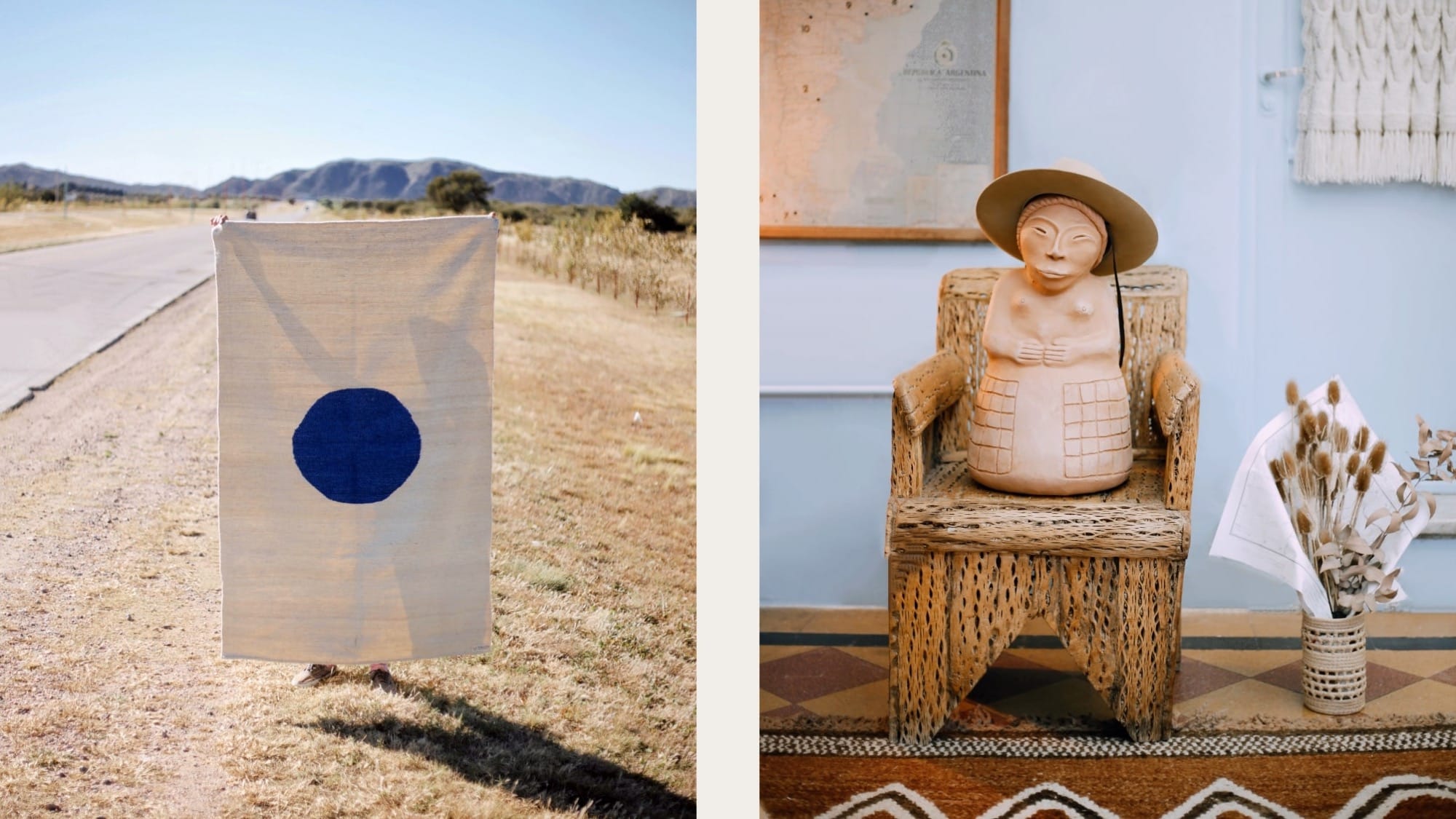
WHERE TO SHOP
Correa
Argentina is known for its handmade leather shoes. This family-owned business has been in Almagro since 1955. It has a workshop on-site, where cobblers measure your foot and make bespoke pairs of dress shoes, boat shoes, moccasins, penny loafers, and boots for men. Mario Bravo 750, +54 (11) 4861-7344.
Facon
I love the fusion of modernity with crafts. At my store, pieces from aboriginal people are displayed alongside leather goods from Siesta, lighting from Ambos, and bottles from some of the smallest winemakers in Argentina. Jorge Newbery 3584, +54 (11) 5882-1255.
Galería Patio del Liceo
This multi-level shopping arcade has many independent designers and offbeat stores. One guy sells bottles from small winemakers; another is dedicated to astrology and tarot; and another sells handmade shirts. There’s a fine bookstore and a coffeehouse too. Santa Fé 2729, +54 (11) 4822-9433.
Mercado San Telmo
When I used to go here on Sundays, I’d have a coffee and look at the antiques and artisans. There must’ve been 100 stores back then; now there are probably ten. Though it has changed a lot over the years, the market is still a must-see, full of people and restaurants. Defensa y Calvo, Carlos; no phone.
Revolver
It’s difficult to find good men’s clothing in Argentina; it’s not like L.A. or New York. My friend Ignacio [Cattaneo] is an independent designer; he opened this store a couple of years ago and sells very cool, high-quality clothing. The fabrics are imported but everything is made here. The T-shirts are especially great, like the capsule collection he designed with local pizzeria La Mezzetta. Malabia 1150, no phone.
WHERE TO DAY TRIP
Here’s where you get to know the real Río de la Plata, an estuary formed by the Uruguay and Paraná Rivers. Tigre is a town about 19 miles from Buenos Aires, easily reached by train. Stilt houses and old mansions line the riverfront; travelers can rent a beautiful Airbnb and set sail on a catamaran, exploring the delta’s forested islands, streams, and canals. The deeper you travel along the river, the more animals you’ll see, including deer and wild pigs. It’s the perfect escape from the city.
—
Your Essentialist Member Benefit
As a reminder, all NeueHouse members receive complimentary access to Essentialist, a bespoke travel planning service, for all your travel needs. Click here to find out more and get started on your next trip!
